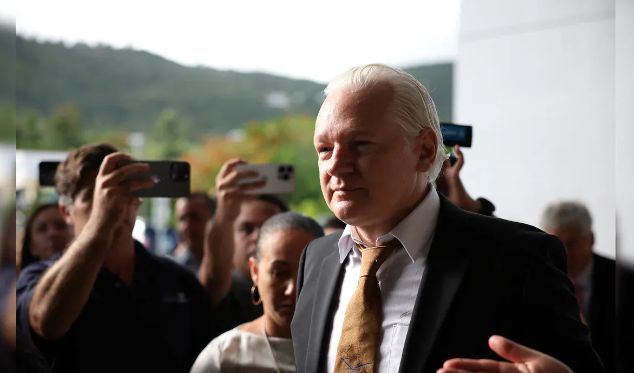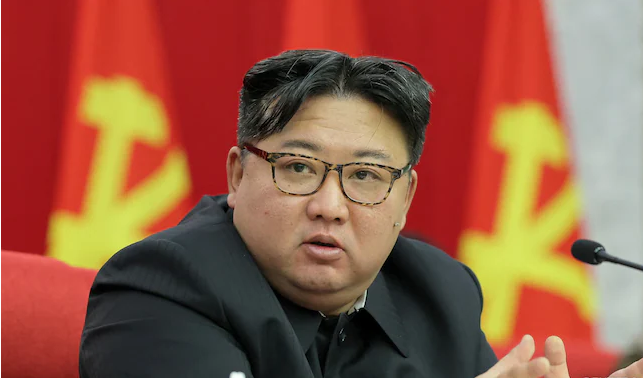WikiLeaks founder Julian Assange was freed by a court in Saipan, US Pacific territory, after pleading guilty to one count of violating US espionage law. In a landmark three-hour hearing, Assange acknowledged his role in obtaining and publishing classified US defense documents, citing First Amendment protections for journalists.
Chief US District Judge Ramona V. Manglona accepted Assange’s plea, considering time served in a British jail, facilitating his return to Australia. The 52-year-old departed Saipan aboard a private jet accompanied by Australian diplomats, en route to Canberra.
The choice of Saipan, opposed to mainland US, was strategic due to Assange’s extradition concerns and proximity to Australia. The hearing, attended by global media, highlighted Assange’s high-profile legal battles and media scrutiny.
“I watch this and think how overloaded his senses must be,” reflected Stella Assange, his wife, on social media, alluding to his years of confinement.
Assange’s supporters hail him as a whistleblower exposing US misconduct, while Washington contends his actions endangered lives. Australian Prime Minister Anthony Albanese affirmed longstanding efforts for Assange’s release, emphasizing diplomatic efforts over time.
The case marks a pivotal moment in global press freedom discussions, resonating with implications for journalism and government transparency worldwide.
3.5




